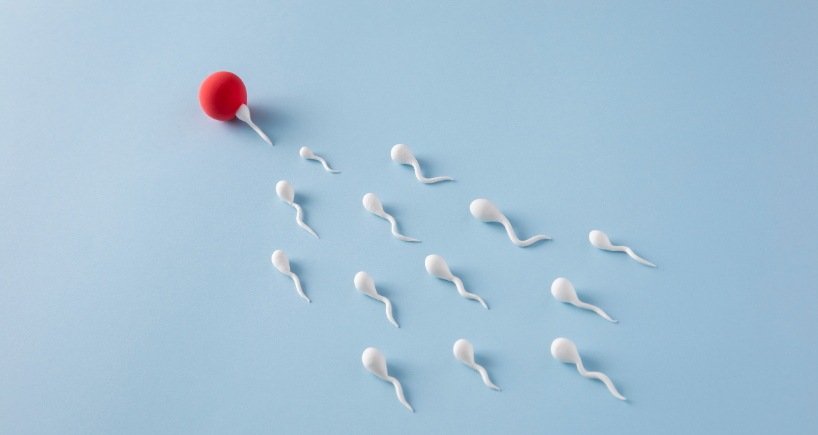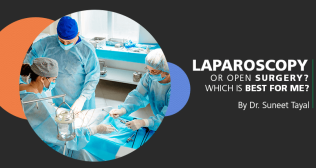
How is Teratozoospermia Diagnosed? Tests and Procedures
Introduction
When couples are unable to conceive, it can be due to numerous factors, and, more often than not, it is due to male infertility. Teratozoospermia is an example of a condition in which sperm come out morphologically abnormal, a frequent contributor to the decreased fertility of a couple. This condition hampers the sperm from fertilising an egg, thereby making conception a big challenge.
What is teratozoospermia?
Teratozoospermia is defined as a situation whereby more than 10% of a man’s sperm have an abnormal shape or morphology. Morphologically normal sperms are head and tail sperm morphologically normal are head and tail, shaped in an oval so the sperms can swim and fertilise the egg. Still, the sperm of men with teratozoospermia may have an abnormally shaped head, more than one tail, or any other structural problem, which significantly limits their ability to move and merge with the egg.
This condition can develop for several reasons: Genetics, lifestyle choices (including smoking and alcohol drinking), or exposure to toxic substances. Teratozoospermia is diagnosed if 4% or fewer sperm display normal shapes, according to the World Health Organisation (WHO) classification.
How is teratozoospermia diagnosed?
Teratozoospermia is usually identified through a process known as semen analysis, which is the usual examination carried out on males who are suspected of having fertility problems. The main tests and procedures used for the diagnosis of teratozoospermia include:
Semen analysis:
Semen analysis is the first and initial test to diagnose teratozoospermia. This test evaluates several key aspects of sperm health, including:
- Sperm count: The count of sperm present in the discharged semen of a male or stud
- Motility: Sperm’s ability to swim or move
- Morphology: Besides the physical design and architecture of spermatozoa
In the test, a man is required to produce semen, which is often obtained through masturbation. The sample collected next gets taken to a laboratory where a microscopic examination is conducted. The lab technician compares the shape of sperm with normal criteria for sperm shape.
Sperm morphology analysis:
A further evaluation of sperm morphology may be done to wake an examination of the actual type of morphological abnormalities affecting the shape and size of sperm. In this test, the technician looks at the sperm under a microscope and sorts them according to different structural problems, such as the head and the tail, as well as minor shape problems, such as abnormally shaped or oversized, not well shaped, and too short.
Hormonal testing:
In some cases, the doctors may advise the patients to go for hormonal profiling to look for miscellaneous problems that may hamper sperm morphology. The chemical messengers that help build sperm include testosterone, FSH, and LH, all of which are critical in men’s general reproductive functions.
Genetic testing:
Such men with severe teratozoospermia may require genetic assessment. Some congenital anomalies will impact sperm production and result in conditions such as teratozoospermia. Genetic testing makes it easier for doctors to see if there are any genes responsible for the condition of a man.
This information can be useful when making a decision, not just diagnosing an issue but also determining whether there is a need for methods such as IVF in order for a couple to conceive.
Treatment options
Although teratozoospermia is difficult to manage, several therapeutic approaches may be utilised to enhance fertility potential. Other treatments will depend on the degree of the condition, the contributing factors and causes, or other individual factors. Here are some potential teratozoospermia treatments:
Lifestyle changes:
Several lifestyle adjustments may help boost sperm quality. Smoking, heavy drinking, being overweight and experiencing stress can all be avoided or managed in order to have favourable effects on sperm morphology. A proper dietetic organisation with fruits and vegetables containing antioxidants and vitamins C and E might also benefit sperm.
Medications:
If hormonal problems or other pathologies are the cause of teratozoospermia, then appropriate medications will have to be taken. For example, HRT or drugs that promote sperm production may be advised and recommended by the doctor.
Techniques of assisted reproduction:
In a case where teratozoospermia is a reason couples have problems conceiving, their doctor may suggest ART like IVF or ICSI. ICSI involves the use of a single healthy sperm to be directly inserted into an egg without regard to normal sperm shape or mobility. This technique can produce a huge difference in the conception rates, especially in patients with severe teratozoospermia.
Conclusion
Having Teratozoospermia is not an easy diagnosis, but it doesn’t mean that couples who want to get pregnant cannot. In other words, despite teratozoospermia, many men are able to conceive, provided that an appropriate diagnosis and subsequent treatment are sought. This means that fertility can be enhanced through dietary modification and medication, among other causes, or through fertility treatments like artificial insemination.



















